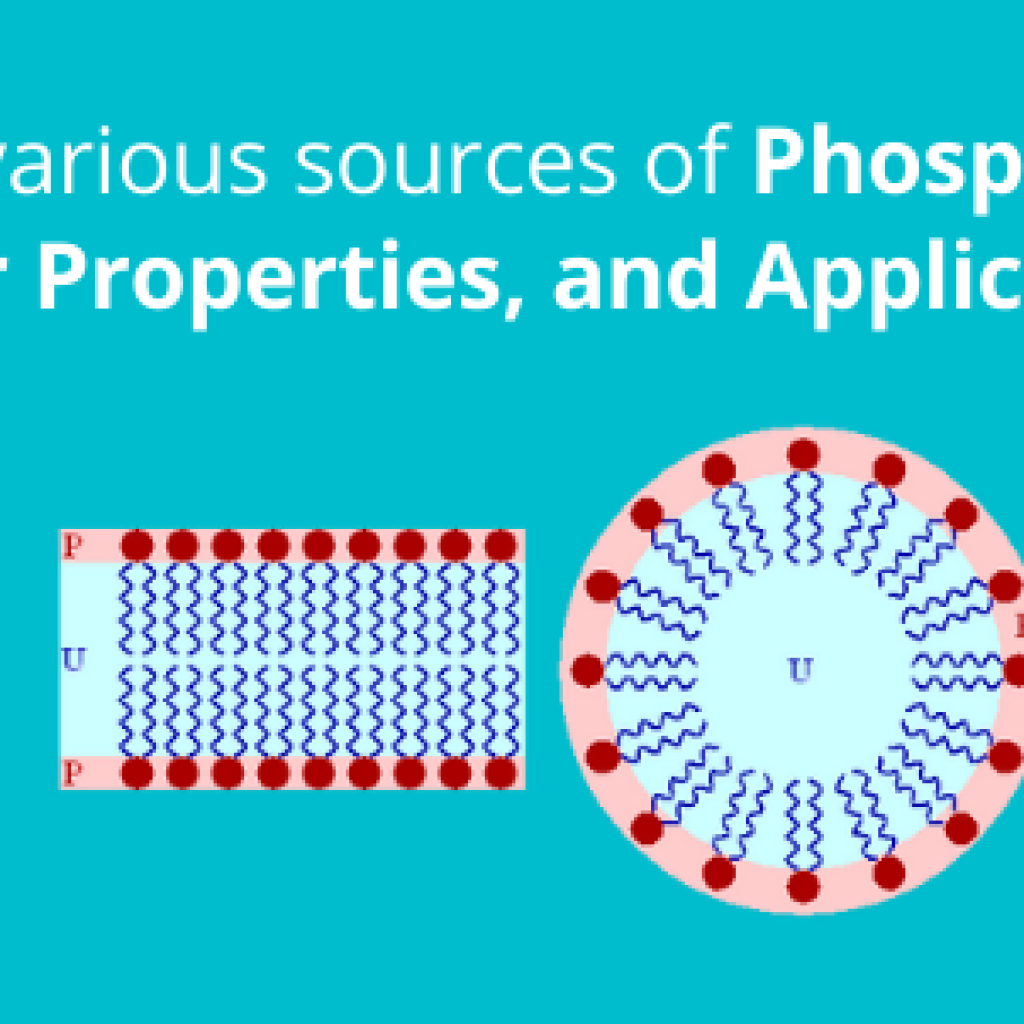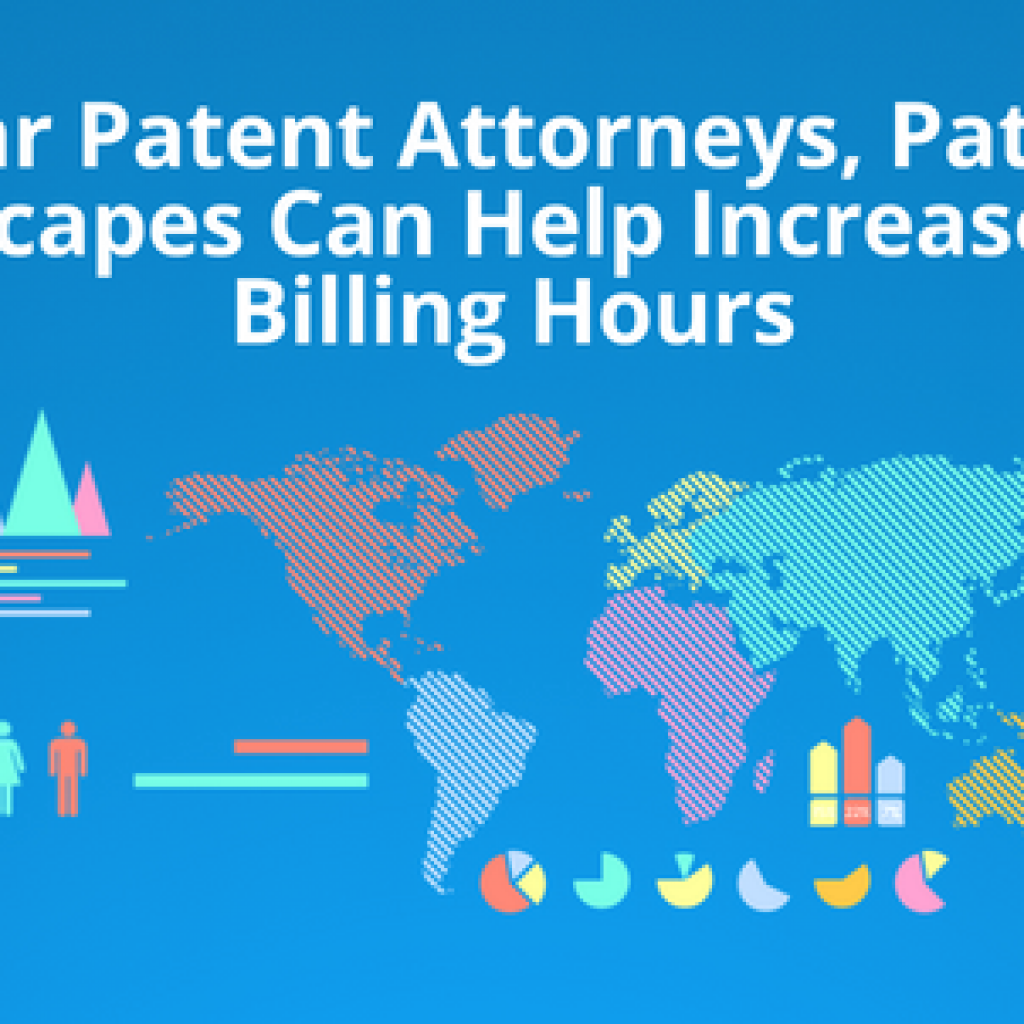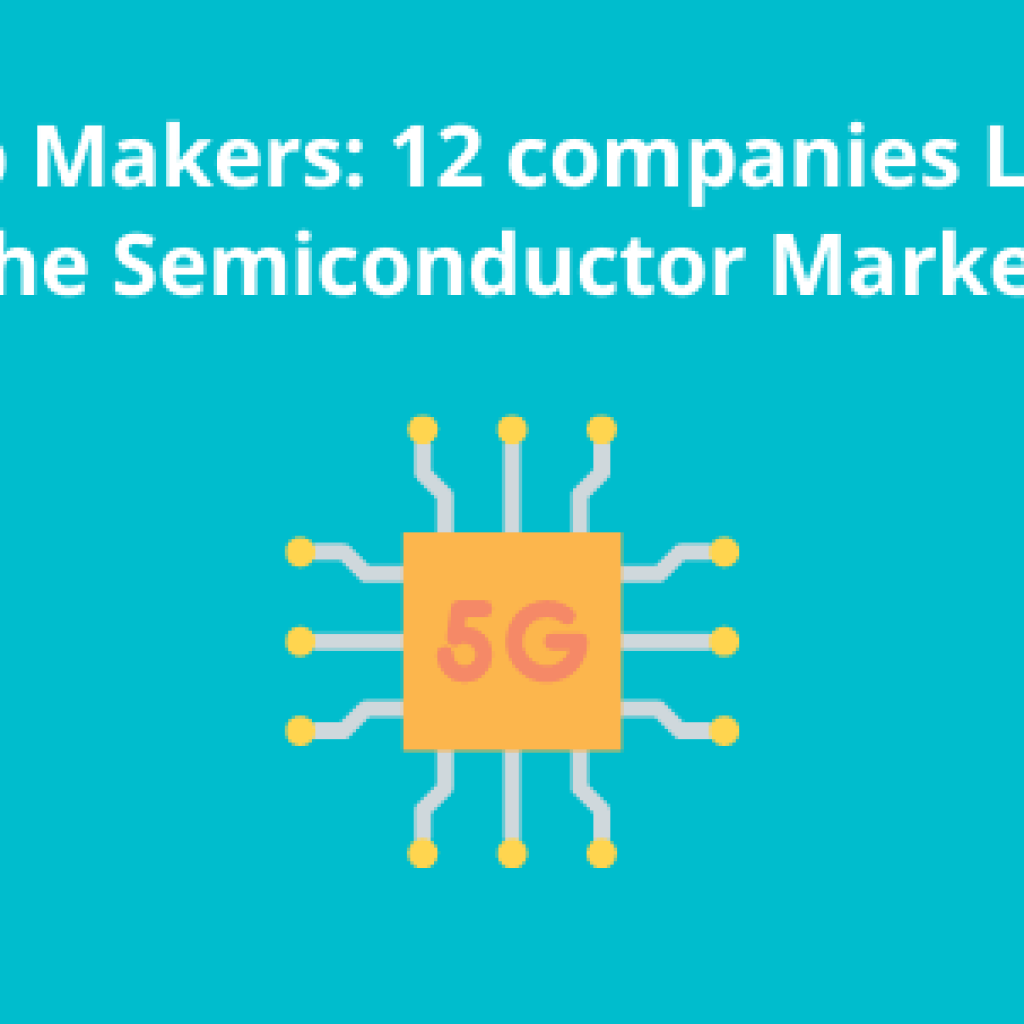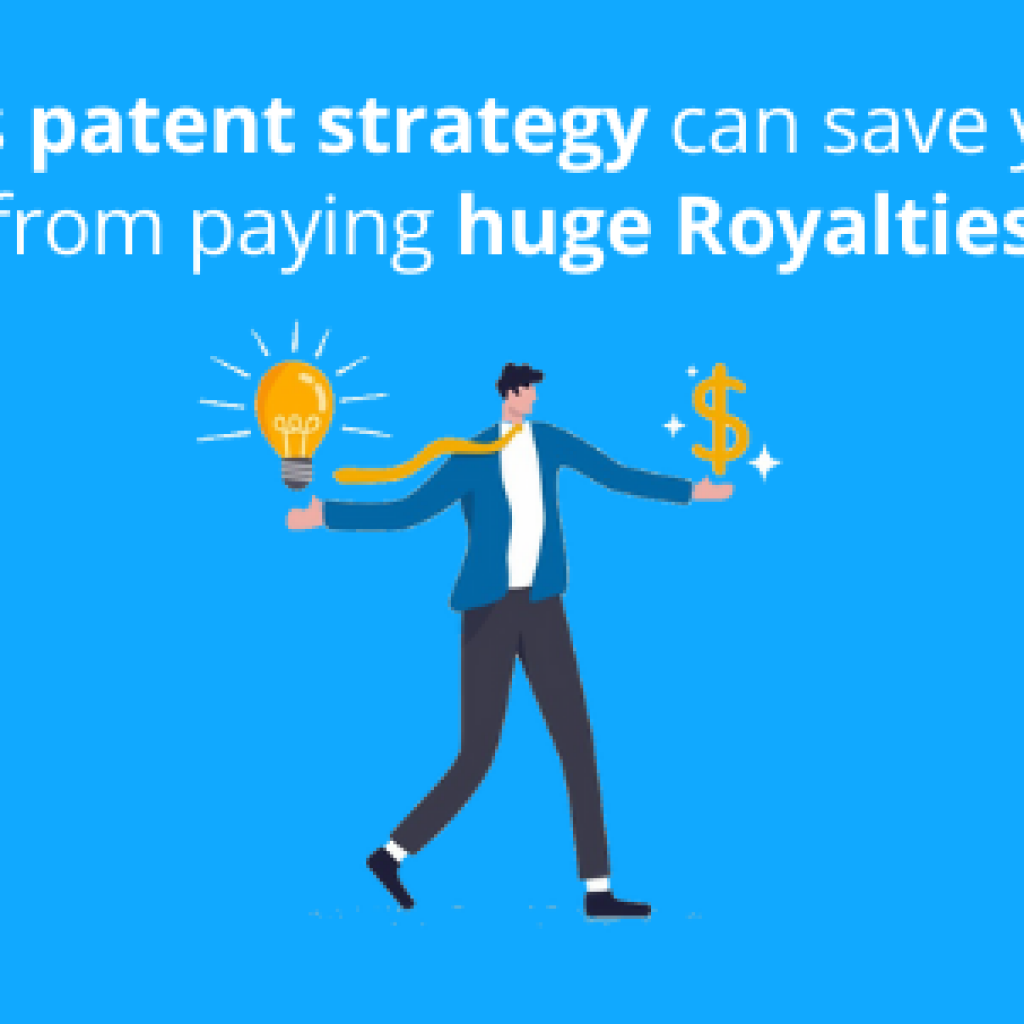Are you unknowingly throwing away your company’s best patents, just to save some bucks on maintenance fee? Or, did your company decided not to pay the maintenance fee due to a lack of potential licensees?
Well, this is not a common phenomenon.
Major tech giants including the likes of IBM, Samsung, and Apple spend millions of dollars every year just to identify the patents that are worthy of being kept alive.
However, there are still a lot of patents which despite having excellent hidden value are thrown away. To give you an example, in this post, we have explained how Microsoft and IBM are killing the potential of their patents.
Most of the companies perform some analysis to check the current value of all the patents in their portfolio. This analysis usually gives a finalized output in the form of a dollar value for each patent. Based on this type of analysis, some patents are filtered out for which the maintenance fee is not paid, which ultimately results in their untimely death.
Now, this seems like an efficient step, to lay off the patents which have little or no prospects of generating revenue. Right? But in this process, a lot of good patents are mistaken as having low potential and unfortunately get lapsed due to non-payment of fees. To identify such patents we picked a set of all the lapsed patents from class G06Q, having a priority date between 2000 to 2005.
Relevant Read: Smart Patent Monetization Strategies for Small and Medium-Sized Enterprises
For those unaware, Class G06Q refers to a set of patents that protect technologies constituting home automation, payment architectures, and e-commerce.
The below chart depicts the number of patents being abandoned by major companies in the G06Q category. It could be seen that IBM, the largest patent filer, also has the highest churn rate when it comes to abandoning patents. In the G06Q category alone, IBM has 450+ abandoned applications whose lead is followed by Sony and Fujitsu having abandoned 110+ patents each.

The patent set examined consisted of a total of 3000+ patents. All of these would have been alive if the fee was paid by their respective assignees. The number 3000 might shock you right now, but what is more shocking is that after we analyzed these patents from infringement potential we found that nearly 35% of the patents in this lapsed patent set had excellent market value.
That’s right. The assignees lost a chance to earn millions in licensing revenue as they failed to recognize the patents with high monetization potential.
One such patent among the set is US6453687, which mentions a refrigerator with an automatic food spoilage detection system. The patent was filed in 2001 and got lapsed in 2010. It is safe to assume that at the time when the patent got lapsed no products out there were providing this feature.
However, when we did some research at our end, we found that- Samsung is planning to launch a similar refrigerator with automatic spoilage detection.
How good is that? 6 years after the lapse of the patent, the exact features that were mentioned in the patent being introduced in a multi-billion dollar company’s product. This might be the reaction of the assignee of the patent.
If and only if the assignee of this patent (Robertshaw Controls Company) would have decided to keep the patent alive for 6 more years, they would’ve had the chance of licensing the patent to a multi-billion dollar company. And who knows, maybe Samsung would have probably bought this patent to build its portfolio for its upcoming product line.
There are a lot of companies (like the above-mentioned ones) that fail to pay the maintenance fee for the majority of their granted patent applications. Although this might look like an efficient strategy, companies risk losing patents that might fetch great value in the future. Who knows, there might be thousands of good patents amongst the abandoned patents and those may return much more than what is being paid as their maintenance fee.
Having said that, it should also be noted that there are patents which do not have any revenue potential and end up consuming maintenance fee without any returns. Such patents are of no use and are indeed a liability, which needs to be thrown away.
The question that remains is: How does one differentiate a Million dollar patent apart from a bunch of zero-value patents?
Fret not, since we would answer this question in our next post in the series- “What constitutes a Million Dollar Patent and How to identify them?” Our subscribers would be the first to know about it. If you would like to be notified about it, Join our subscribers’ list today – Be a Part of Something Special.
Authored by: Abhijeet Singh, Senior Research Analyst, Infringement Team and Muzammil Hassan, Team Lead, Infringement Team.
Next Step: Explore more Patent commercialization Strategies and create your own smart patent commercialization strategy using these tactics.








